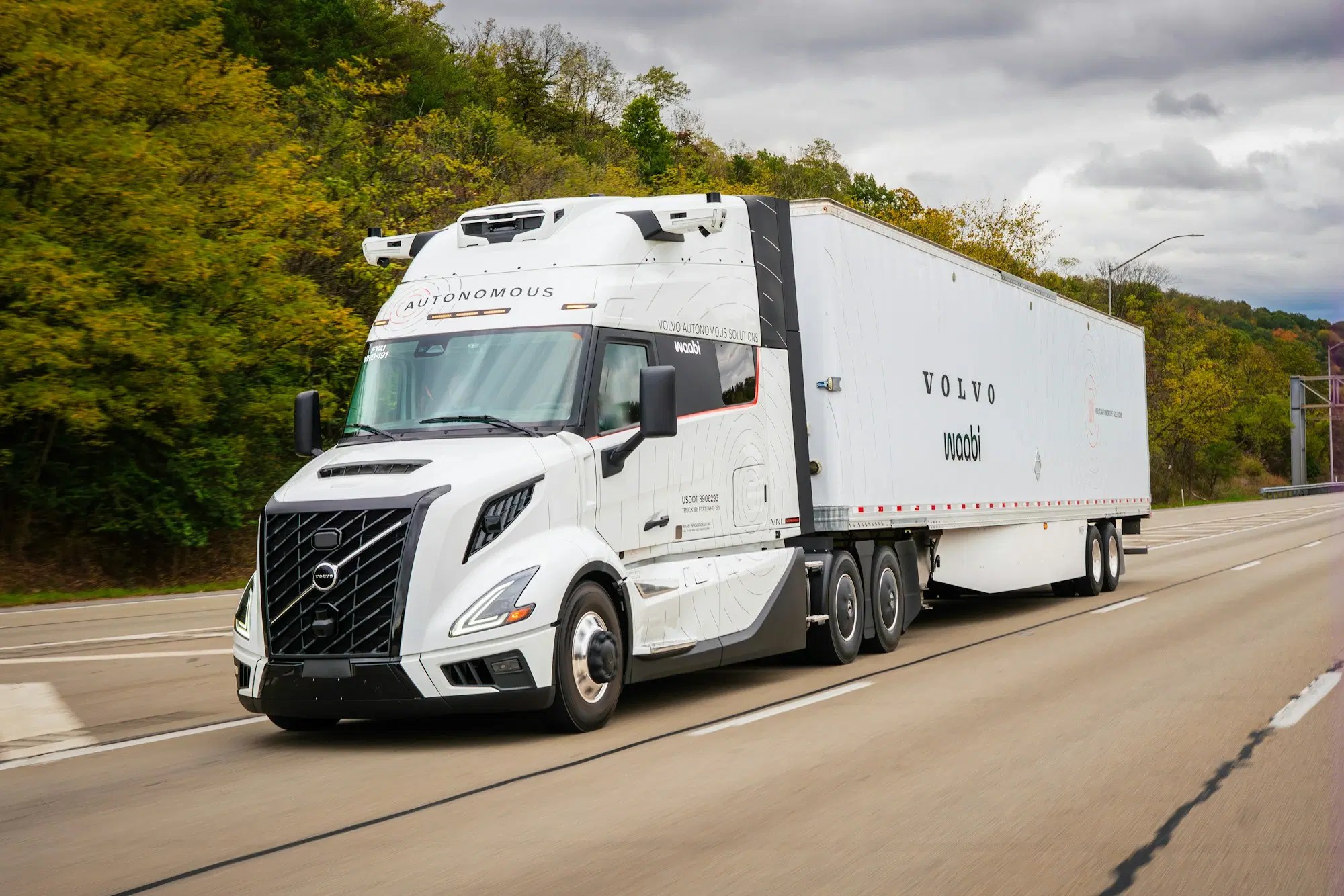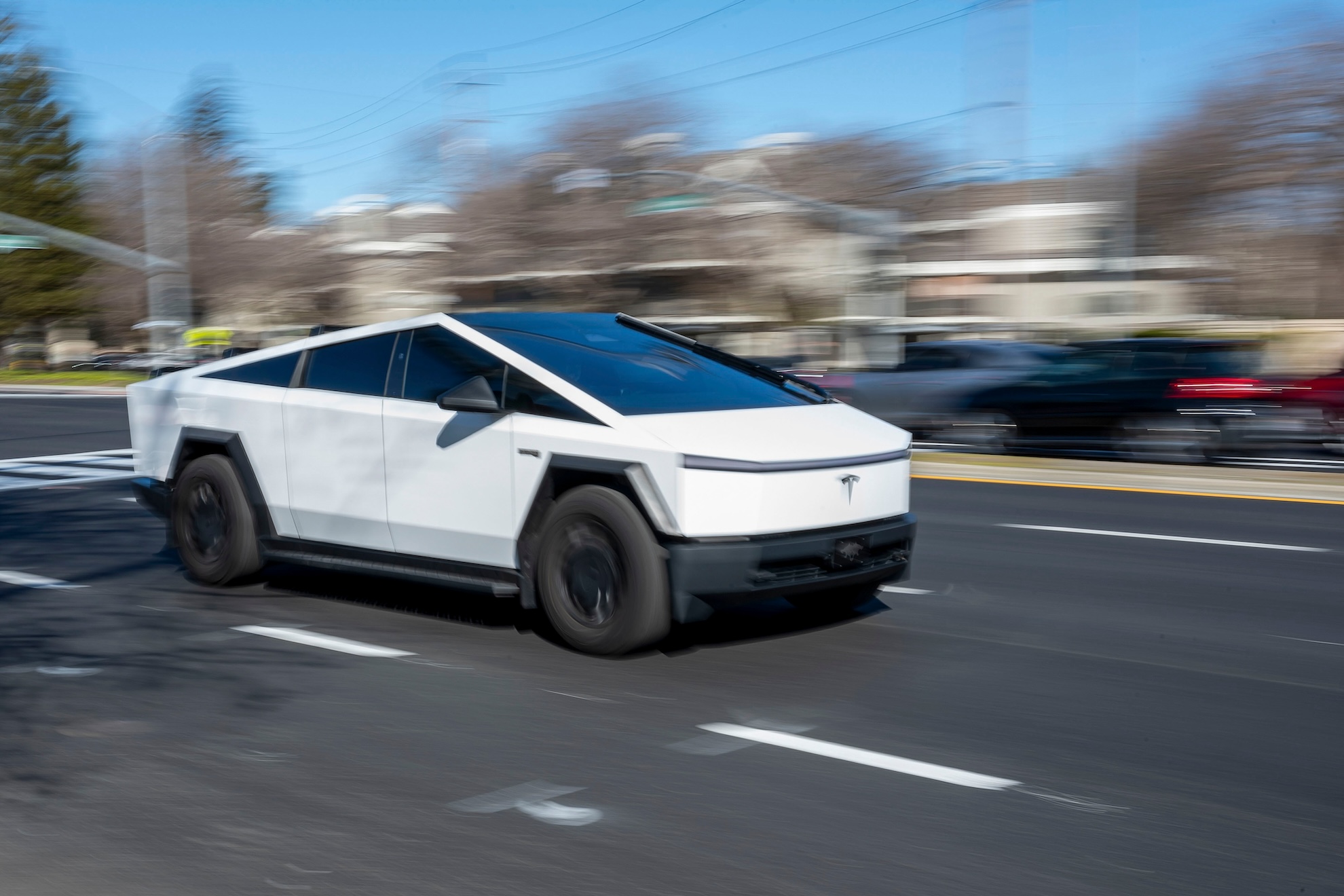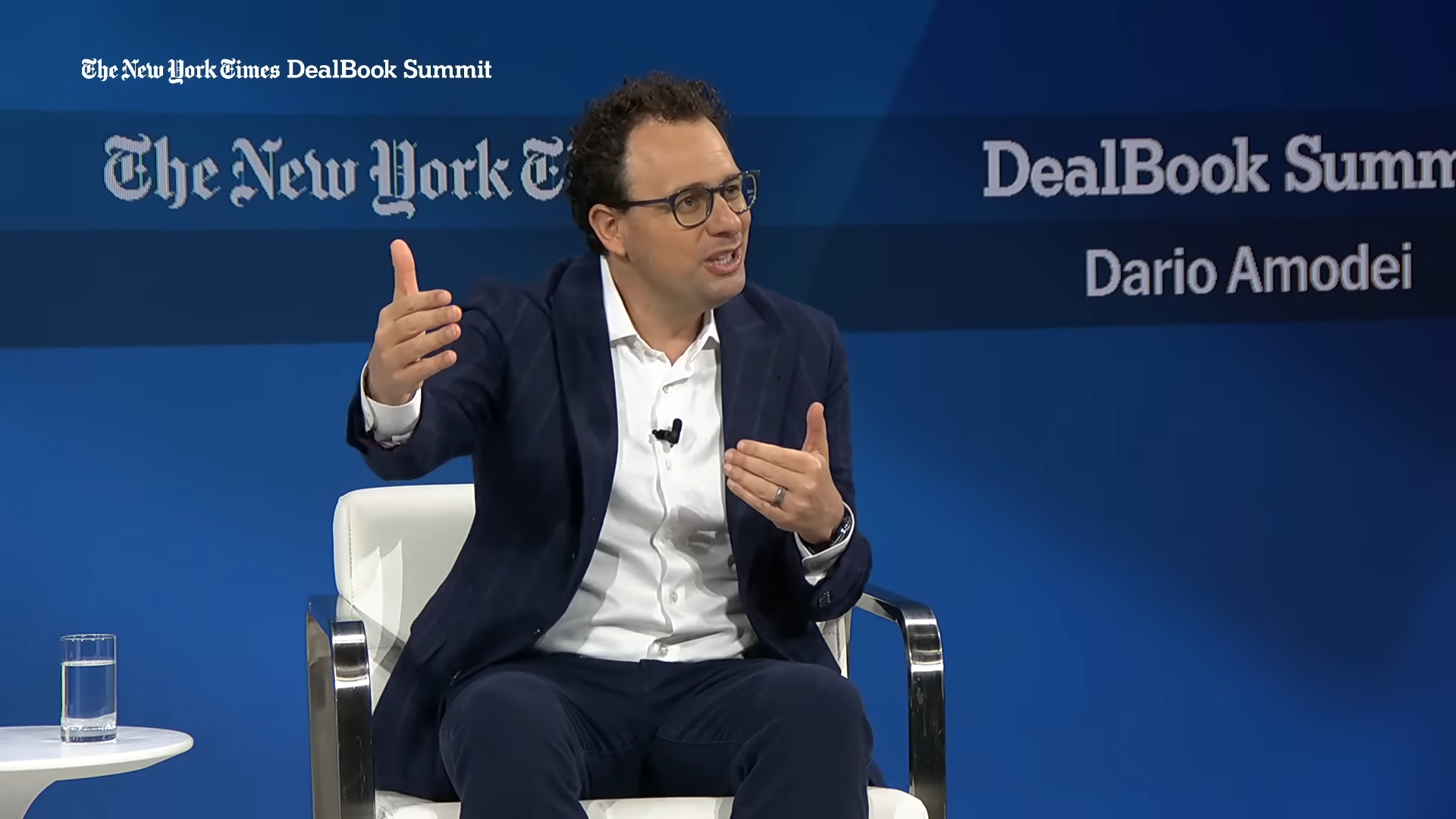
Waabi, a prominent self-driving truck startup, recently unveiled its highly anticipated autonomous heavy-duty truck, developed in close collaboration with Volvo Autonomous Solutions. The debut of the Volvo VNL Autonomous truck, showcased at the influential TechCrunch Disrupt conference, marks a significant stride in the ongoing race to commercialize driverless freight operations, promising to reshape the future of logistics and supply chains. This public introduction comes approximately eight months after the initial announcement of the strategic partnership between the two entities, which aimed to integrate Waabi’s cutting-edge software stack with Volvo’s robust, purpose-built autonomy platform.
Waabi’s Vision and Technological Edge
At the core of Waabi’s innovation is the "Waabi Driver," an advanced, end-to-end artificial intelligence model designed to navigate the complexities of autonomous driving across varied environments. Raquel Urtasun, CEO of Waabi, emphasized the system’s capability to operate seamlessly across different geographies, encompassing both extensive highway networks and intricate surface streets. This versatility is crucial for enabling commercial operations that are not only scalable but also align effectively with the existing demands of the logistics sector. Urtasun, who previously served as chief scientist at Uber ATG before establishing Waabi in 2021, articulated an ambitious goal: to be the first company to successfully commercialize self-driving trucks without the necessity of a human safety driver or observer onboard. This declaration, made from the AI stage at TechCrunch Disrupt, subtly highlighted a key differentiator in a rapidly evolving competitive landscape.
The Waabi Driver’s architecture leverages a novel AI-first approach, a departure from more traditional modular self-driving systems. This method relies heavily on a sophisticated simulation environment, often dubbed "Waabi World," which allows the AI to learn and adapt to millions of scenarios, including rare and hazardous edge cases, far more rapidly and safely than through real-world testing alone. The company posits that this simulation-centric development paradigm accelerates the path to Level 4 autonomy—where the vehicle can handle all driving tasks under specific conditions without human intervention—by enabling continuous improvement and validation of the autonomous system’s decision-making capabilities. The system incorporates Waabi’s proprietary sensor suite and compute hardware, meticulously integrated into the Volvo VNL platform, ensuring a cohesive and high-performance package.
A Strategic Alliance with Volvo
The partnership between Waabi and Volvo Autonomous Solutions represents a convergence of cutting-edge software innovation and established automotive engineering prowess. Volvo’s role extends beyond providing a mere chassis; the Volvo VNL truck has been specifically engineered from the ground up to incorporate the necessary redundancies for fully autonomous operation. These redundancies are critical for ensuring safety and reliability in scenarios where a human driver is no longer present, covering aspects like steering, braking, and power systems. Urtasun noted the lightweight design of Waabi’s sensor poles and their ease of integration into Volvo’s factory assembly lines, underscoring the collaborative effort to create a product ready for scalable manufacturing.
This strategic collaboration is underpinned by a financial commitment from Volvo Group Venture Capital, the venture arm of the Swedish automaker, which made a significant investment in Waabi in 2023. Volvo further participated in Waabi’s substantial $200 million Series B funding round in 2024, signaling deep confidence in Waabi’s technology and its potential to disrupt the freight industry. For Volvo, a global leader in commercial vehicles, these partnerships are vital for maintaining a competitive edge in an era increasingly defined by autonomous and electric propulsion. By integrating Waabi’s advanced AI, Volvo aims to offer future-proof solutions to its clientele, addressing demands for increased efficiency, safety, and sustainability in transportation.
Navigating the Competitive Landscape
The autonomous trucking sector is a fiercely contested arena, with numerous startups and established tech giants vying for market leadership. Waabi’s ambition to be the first to commercialize driverless trucks without an onboard human safety observer places it in direct competition with rivals like Aurora. Aurora, another prominent player, also maintains a partnership with Volvo and showcased its own self-driving truck in May 2024. Earlier this year, Aurora initiated a commercial driverless service along a crucial freight corridor between Dallas and Houston, later expanding its operations to El Paso. However, Aurora’s initial deployment without a human observer was subsequently modified to include one in the cab after a few weeks, highlighting the technical and regulatory complexities of achieving truly driverless operations.
This distinction underscores a critical debate within the industry: the readiness of Level 4 autonomous systems for broad commercial deployment. While many companies conduct extensive testing with safety drivers, the leap to fully uncrewed operations is a significant technical and psychological barrier. Waabi’s confidence in its simulation-driven development and end-to-end AI system suggests a belief that their approach can bypass some of the hurdles faced by competitors, potentially accelerating their path to truly driverless commercialization. Other players such as Kodiak Robotics and TuSimple have also made strides, with varied degrees of success and challenges, demonstrating the dynamic and often volatile nature of this emerging market. The ability to demonstrate consistent, safe operation across diverse conditions without human intervention will be the ultimate determinant of success.
Broader Implications for Logistics and Society
The advent of autonomous trucking holds profound implications for the global logistics and transportation industries. One of the most pressing issues it aims to address is the persistent and worsening truck driver shortage. Projections indicate a widening gap between available drivers and industry demand, leading to increased costs, delivery delays, and supply chain fragility. Autonomous trucks offer a potential solution by enabling continuous, 24/7 operations, unaffected by hours-of-service regulations or driver fatigue. This could lead to significant improvements in efficiency, reducing transit times and optimizing asset utilization.
Beyond efficiency, autonomous trucks promise enhanced safety. Human error is a factor in a vast majority of truck accidents, and proponents argue that AI-driven systems, with their consistent vigilance and rapid reaction times, can significantly reduce collision rates. The societal benefits could extend to environmental impacts as well. Optimized routing and smoother driving patterns, facilitated by AI, could lead to better fuel efficiency and reduced emissions. However, the introduction of driverless vehicles also raises complex socioeconomic questions, particularly concerning job displacement for millions of truck drivers. While new jobs in remote monitoring, maintenance, and fleet management may emerge, the transition will necessitate significant retraining and social support systems. Public acceptance, often shaped by safety perceptions and concerns about job losses, remains a critical factor for widespread adoption.
The Road Ahead: Challenges and Opportunities
Waabi’s ambitious plans to expand operations across the entire U.S. in the coming years highlight the immense opportunities, but also the formidable challenges, that lie ahead. The technological hurdles are substantial, requiring autonomous systems to reliably handle an infinite number of real-world scenarios, including unpredictable human behavior, adverse weather conditions (rain, snow, fog), and varied infrastructure quality. Regulatory frameworks, which currently differ significantly from state to state, present another complex layer. A harmonized national regulatory approach will be essential for seamless cross-state autonomous freight operations.
Economically, while the long-term benefits of reduced operational costs are clear, the initial capital expenditure for autonomous truck fleets, along with the development and deployment of supporting infrastructure (e.g., automated depots, charging stations for electric AVs), will be considerable. Insurers are also grappling with how to assess risk and liability for vehicles without human operators. Socially, building trust with the public, policymakers, and the existing trucking workforce will be paramount. Transparent testing, clear safety records, and effective communication strategies will be crucial in overcoming skepticism and fostering acceptance.
Waabi’s latest unveiling, in collaboration with Volvo, represents a tangible step forward in the journey toward a fully autonomous freight ecosystem. By combining Waabi’s innovative AI with Volvo’s engineering expertise, the partnership aims to deliver a robust and scalable solution that could redefine the future of transportation. While the path to widespread commercialization is still fraught with technical, regulatory, and societal complexities, the momentum generated by companies like Waabi and Volvo signals a relentless pursuit of a future where driverless trucks play a pivotal role in keeping global supply chains moving efficiently and safely.





